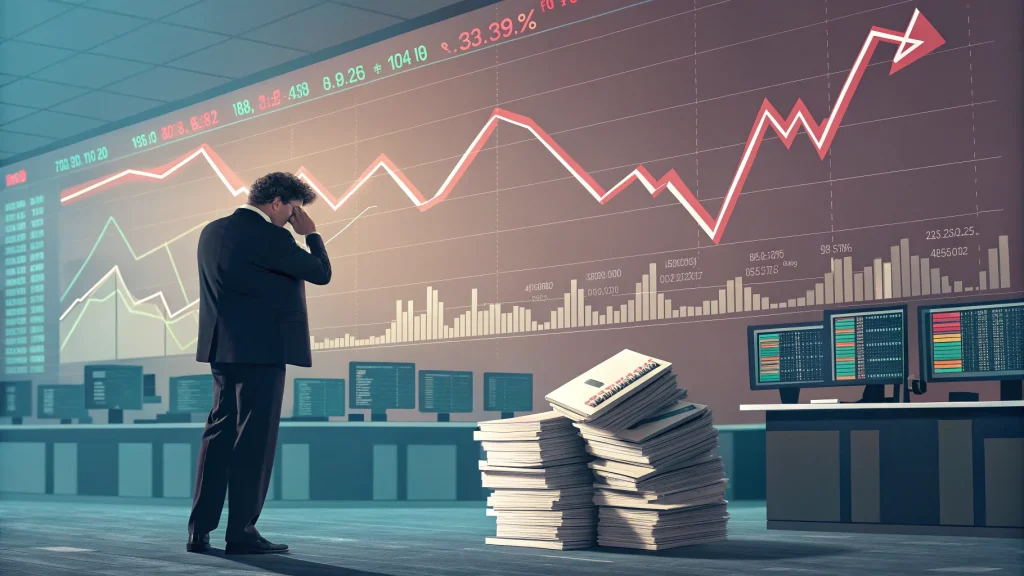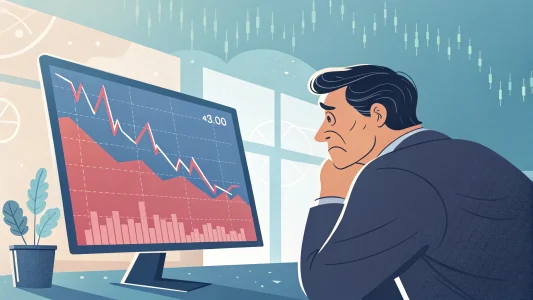I watched a big promise land with a loud splash: $2,000 checks for every American, funded by tariff revenue. The pitch sounds simple and bold. But simple is not the same as workable. As the Supreme Court weighs whether key tariffs are constitutional, the sales job is in full swing. I want to lay out the math, the legal risks, and what this could mean for households and markets.
Table of Contents
ToggleWhat Was Promised and Why It Matters
Former President Donald Trump touted $2,000 stimulus checks and framed the national debt as an economic emergency. He pointed to tariff revenue as both the source of those checks and a way to reduce federal debt. The timing is no accident. The Court is reviewing tariffs, and he is building public support while that decision looms.
As a financial planner and portfolio manager, I look at three things: what is proposed, what it costs, and whether it is legal. This idea raises questions on all three fronts. The theme is simple: a catchy promise runs straight into budget math and legal limits.
View this post on Instagram
The Math Behind the Promise
CNN ran a quick check on the price tag and compared it to tariff revenues. The cost of sending $2,000 to every American would be about $326 billion. Recent tariff revenue is closer to $220 billion. That leaves a gap of more than $100 billion before we even talk about debt reduction. You cannot use the same dollars twice.
If you get a $10,000 bonus at work, you can’t promise the kids a $12,000 four-wheeler and use it to pay off your credit cards.
It is a clean analogy. If you plan to fund checks and also pay down debt from the same revenue stream, the numbers have to line up. Here, they do not. And any shortfall flows to the deficit unless spending is cut elsewhere or taxes rise. That is true in a household budget. It is true for the federal budget as well.
Who Actually Pays Tariffs
Tariffs generate cash for the Treasury. They are collected at the border on goods brought into the country. Companies pay the tariff and often raise prices to cover the cost. That means consumers can absorb part of the bill at the checkout line.
Tariffs have not derailed the economy so far. Growth and jobs have held up despite many policy swings. Still, higher prices filter through supply chains. Families feel it in certain goods, and businesses feel it in margins. The revenue is real. The side effects are real, too.
The Legal Wild Card
The Supreme Court’s review is a significant variable. If the Court knocks down some or many tariffs, revenue falls. If revenue falls, the promise to pay $2,000 checks becomes even harder to keep. Debt reduction from tariffs also becomes a stretch.
There is a second-order question as well. If the Court rules specific tariffs unconstitutional, what happens to tariffs already collected? Could refunds be required? If so, how do we pay them back? Those are not small issues. They could reshape the budget math again, and in a hurry.
Debt Framed as Emergency
Calling the national debt an emergency is a political message as much as a policy claim. Debt is high and rising, and interest payments consume a growing share of tax revenue. But sending universal checks with no offsetting cuts or new revenue adds to the debt, not the other way around.
Fiscal policy is a choice among trade-offs. If we expand cash payments, we either borrow more, tax more, or cut something else. There is no free lane here. That is why the funding source must be stable and legal. If tariffs do not pass the legal test, the promise loses its foundation.
Scenarios to Consider
I think in scenarios, because that is how risk is managed:
- Tariffs upheld, checks proceed: The deficit grows unless Congress cuts spending or finds new revenue. Markets may price in more Treasury issuance.
- Tariffs narrowed, checks delayed: Revenue falls. The proposal is scaled back, targeted, or shelved. Expect policy friction and uncertainty.
- Tariffs struck down, refunds owed: Revenues drop sharply. Past collections could be challenged. The deficit gets hit from both sides.
Policy Choices and Trade-Offs
There are ways to design policy that fit the math better:
Target checks to low- and moderate-income households. Targeted relief costs less and helps those who are most likely to spend the money quickly. That supports demand without the full price tag of a universal payment.
Pair any checks with offsets. That could be temporary cuts in spending, a phased sunset for the payments, or revenue from sources that are not under legal attack. The goal is to prevent the deficit from ballooning.
Plan for a legal loss. If the Court pares back tariff authority, the administration needs a back-up plan. That plan should cover both revenue replacement and any repayments that may be ordered. Markets dislike uncertainty more than bad news.
Signals I Am Watching
These are the markers that will tell us where this story is heading:
- The Court’s timeline and scope: A narrow ruling versus a broad one will shape revenue in very different ways.
- Congressional appetite: Universal checks require legislation and money. Watch leadership statements and draft bills.
- Revenue reports: Monthly tariff receipts will show if the cash is tracking the rhetoric.
- Deficit projections: The Congressional Budget Office updates are the baseline for how policy shifts hit the bottom line.
- Market pricing: Yields, the dollar, and import-sensitive sectors will signal how traders see the odds.
What This Means for Households
The offer of a $2,000 check is tempting. Do not plan your budget around it. Promises are not policy until they are signed into law, funded, and lawful. A check could arrive later, or not at all, or be smaller than advertised.
Keep a steady plan. Build or maintain a cash buffer. Avoid big ticket splurges based on uncertain windfalls. If a payment comes, treat it like a one-time boost, not a new normal. Pay down high-interest debt first. Refill emergency savings next. Invest with a time horizon and discipline.
What This Means for Investors
Policy noise creates volatility. A universal cash payment of this size would be supportive for near-term consumer spending. Retail and leisure could see a lift. But a larger deficit can pressure long-term yields higher, which can weigh on rate-sensitive sectors.
Trade-sensitive companies face headline risk until the legal picture clears. Supply chains that benefited from the tariffs could face price and margin shifts if they are rolled back. Keep portfolios diversified. Stay mindful of duration risk in fixed income. Do not chase moves based on a single headline.
The Message Behind the Message
This pledge is as much about politics as it is about economics. It aims to keep public support for tariffs at a critical moment. It also tries to square a circle: more cash out the door and less debt on the books. The math and the law both stand in the way.
I care less about the slogan and more about the ledger. Revenue must match obligations. Legal authority must be solid. If either fails, the promise breaks. That is true for a household and for a country.
Bottom Line
Tariffs bring in money. They also raise costs in parts of the economy. Using that revenue to fund $2,000 checks and cut debt at the same time does not add up. The Supreme Court review adds a large legal risk that could shrink or erase the revenue stream. Until the Court rules and Congress acts, this is a headline, not a plan.
For families, keep your budget steady and your expectations grounded. For investors, focus on risk control and diversification. For policymakers, the next step should be clear math, clear law, and a clear back-up plan if the legal tide turns.
Frequently Asked Questions
Q: Would every American actually receive a $2,000 check?
Not unless Congress passes a law that funds it, and the funding holds up in court. Even then, the amount or eligibility could change during negotiations.
Q: Do tariffs generate enough money to pay for universal checks?
Recent tariff revenue is around $220 billion, while universal $2,000 payments would cost about $326 billion. That gap would widen the deficit without other offsets.
Q: What happens if the Supreme Court strikes down some tariffs?
Revenue would likely drop, weakening the funding source. There could also be fights over past collections. Policymakers would need a new plan to cover the shortfall.

















